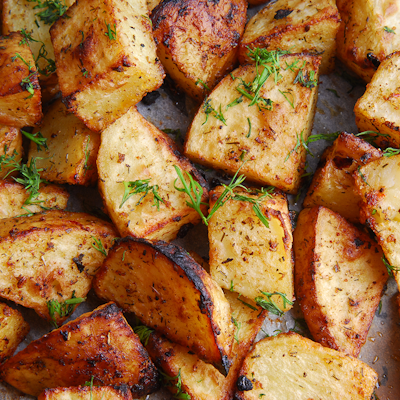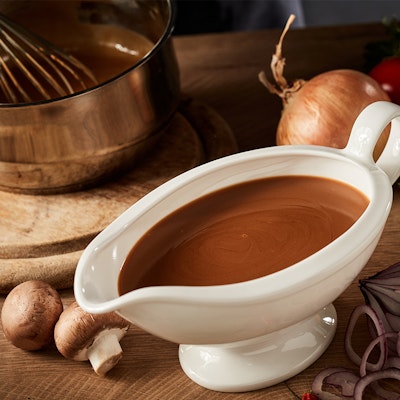Tips for a low carb diet
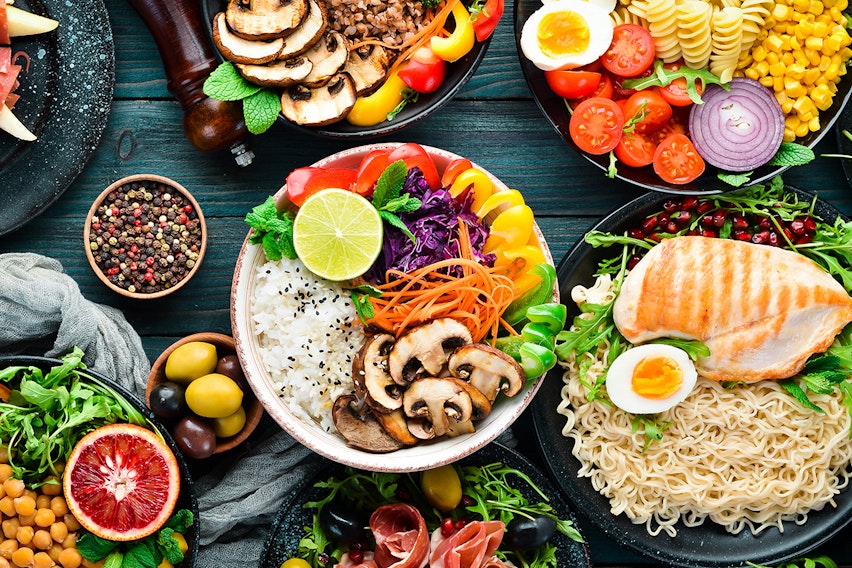
New Year often means new eating habits, and for many looking to shed a few pounds and feel healthier, that means cutting down on carbohydrates.
Lowering your carb intake can be good for those at risk of developing type 2 diabetes, or battling obesity.
So long as it’s done safely, and you make sure you are getting good quality protein, roughage and healthy fats, this can also be a simple way for people to reduce their calorie intake and feel less sluggish. So we’ve put together some handy tips to help you cut down on carbs (but not eliminate them entirely).
Our top low carb tips are:
- Don’t go too far
- Replace starchy carbs with pulses
- Try nut crusts rather than breadcrumbs
- Swap white carbs for brown ones
- Beware of empty carbs in alcohol
- Cut down on sugary food
- Avoid processed food (hidden bulking ingredients)
- Embrace cauliflower and celeriac
- Don’t forget the healthy fats
- Explore low-carb flours
Now let’s expand on them...
Don’t go too far
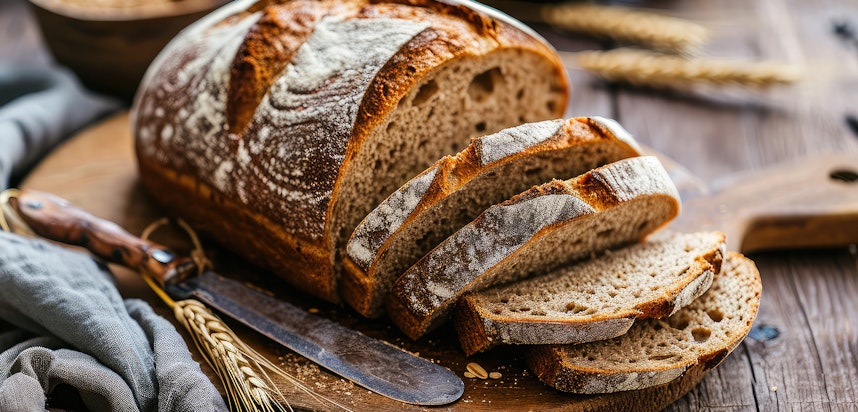
Low carb doesn’t mean no carb - whilst reducing your carb intake can help with weight loss or management and cut down on the risk of type 2 diabetes, cutting out carbohydrates entirely is not good for you, as they are an important source of energy. Other types of food and drink also provide the body with energy, but carbohydrates have the edge when it comes to powering activity in your muscles, and even organs like the brain, kidneys and even nervous system.
Carbohydrates also contain fibre - crucial for digestion, managing blood sugar levels and helping you feel fuller for longer.
Eliminating carbs from your diet entirely can include side effects such as extreme fatigue and headaches (as well as bad breath), and it may be difficult for your body to digest them after abstaining for a prolonged period.
When lowering your carbohydrate intake, you should be aware that you may suffer some adverse effects at first - such as extreme fatigue, dizziness and headaches. This is especially true for those who have previously eaten a lot of processed, refined carb foods and are missing the sodium and sugar. Make sure you cut down on carbs gradually, and focus first on replacing “bad” carbs (refined and processed ones) with “good” ones, such as wholemeal bread and brown rice. You should also not cut down on carbohydrates if you doctor advises you not to, and make sure you stay hydrated throughout the day.
Replace starchy carbs with pulses
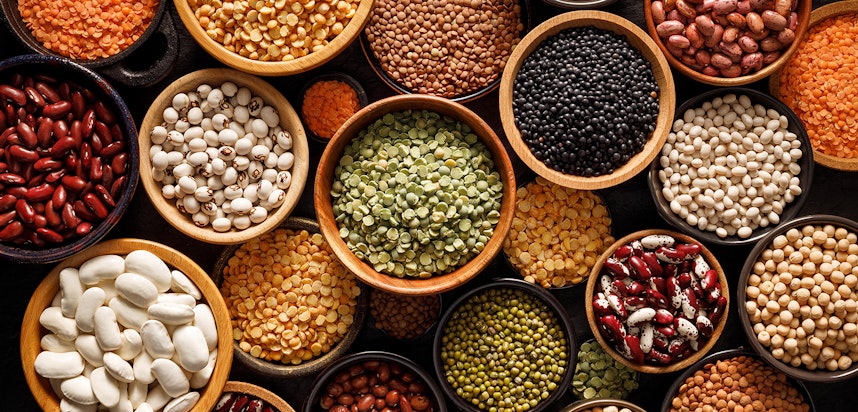
Pulses like lentils, chickpeas and beans can be easily swapped in for rice, potatoes and pasta in many dishes - they share a texture and certain bulkiness, and a mild flavour. However, while pulses do contain carbohydrates, it is far less than in a starchy carbohydrate, and they are classed as much as a protein as a carb. This means they keep you full without making you sluggish, and they’re also low in fat and rich in iron, folate and magnesium.
Try nut crusts rather than breadcrumbs
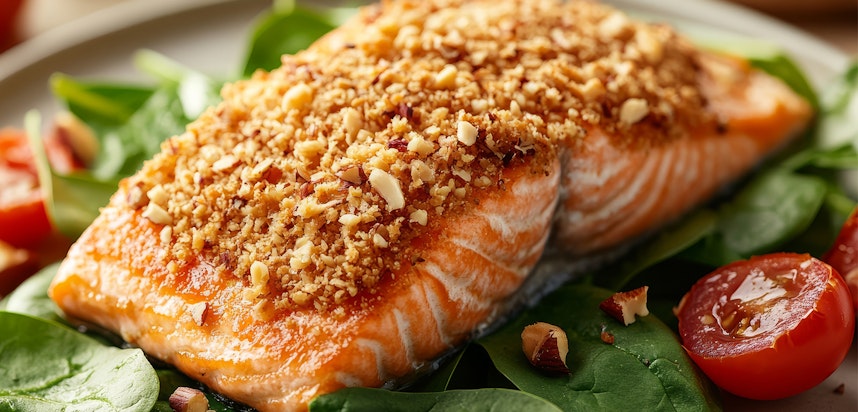
Breaded food - such as chicken kiev, fishfingers and chicken tenders might be delicious, but they also add unnecessary carbs to a meal.
Instead, try a nut crumb - it adds a similar crunch and texture but instead of being a carb is instead a source of protein and omega 3 (the good fatty acids).
Macademias, hazelnuts and almonds can all be ground up and mixed with ingredients like garlic, lime juice and mustard to make a crumb-like crust that sticks to meat and fish in a similar way to breadcrumbs.
You may also be interested in…
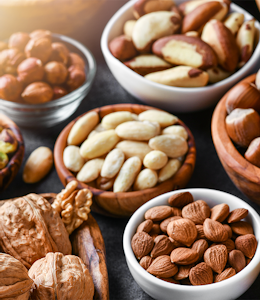
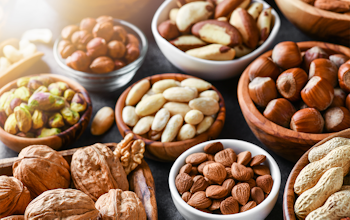
You may also be interested in…
14 Allergens: The Different Types of Tree Nut
ReadSwap white carbs for brown ones
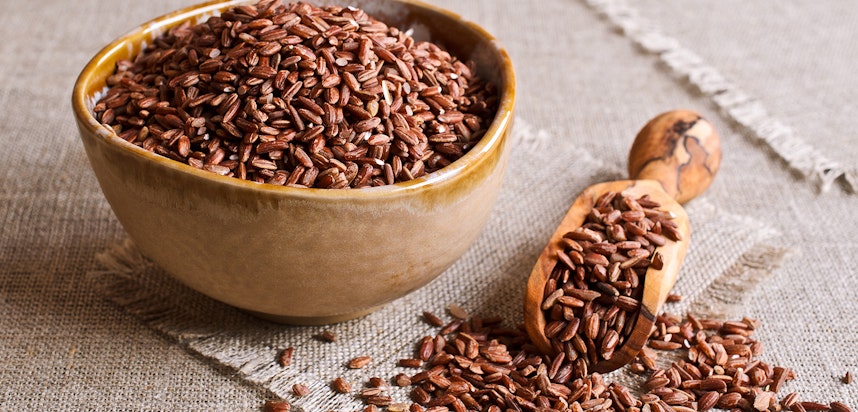
When you’re not including a lot of carbs in your diet, it’s important that the ones you do consume are the good type - aka the brown ones over the white ones. Whilst brown rice, brown bread and wholemeal pasta are not lower in calories than their white counterparts, they also contain more fibre - which helps to regulate blood sugar, preventing crashes that might prompt you to overeat. Wholemeal carbs are also much better sources of vitamins and minerals - such as potassium, magnesium and thiamine, and contain less (if any) refined sugar, meaning they are the healthier choice all round.
Beware of empty carbs in alcohol
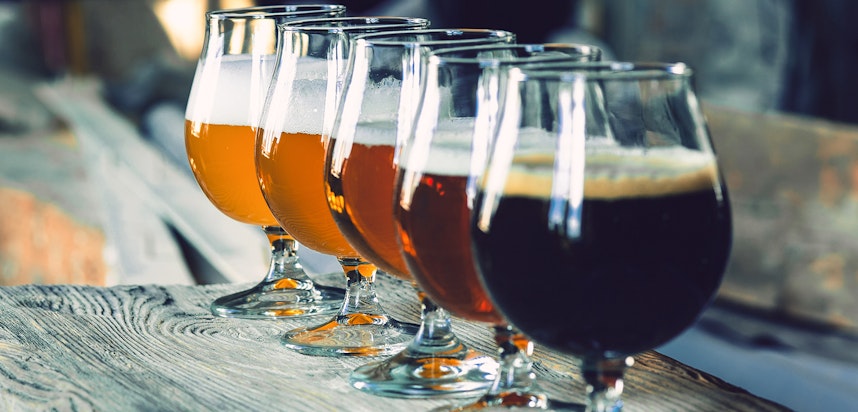
When trying to cut down on carbs, its easy to forget they are present in drinks as well as food - particularly in alcoholic beverages. Beware of the hidden, empty (meaning they don’t help you feel full like bread or rice would) carbohydrates in beer, which has starch as a main ingredient and to a lesser extent wine, which contains a lot of (natural sugar). Dry wine has fewer carbs than sweet wine, and similarly sugary mixers such as soft drinks and fruit juice should also be treated with caution. If opting to drink alcohol, spirits like gin, tequila and vodka are low or no carb and can be mixed with soda water, which is also carb-free.
Cut down on sugary food
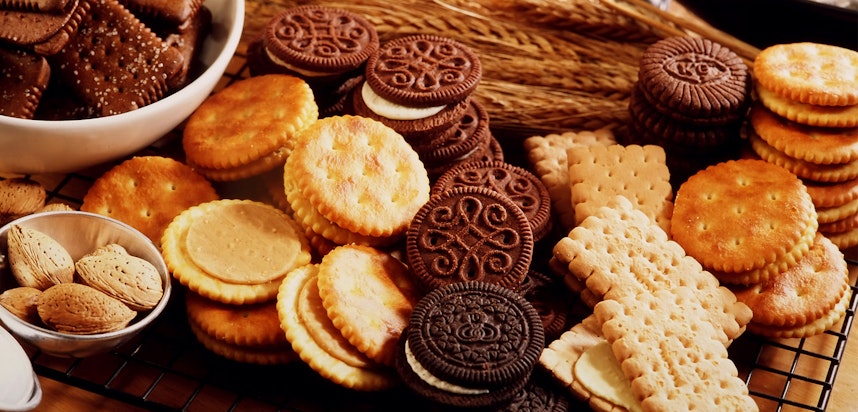
Basically, sugar is a simple carbohydrate - one of the 3 types of carbohydrates (sugar, starch, fibre), and the worst one for spiking blood sugar and causing a crash that leaves you hungry and unsatisfied and at risk of overeating (precisely what people on low-carb diets are trying to avoid). Therefore adding sugar to an already starchy food such as cereal, rice pudding, donuts or pasta (via a processed sauce) is making them even more carb-heavy.
Avoid processed food
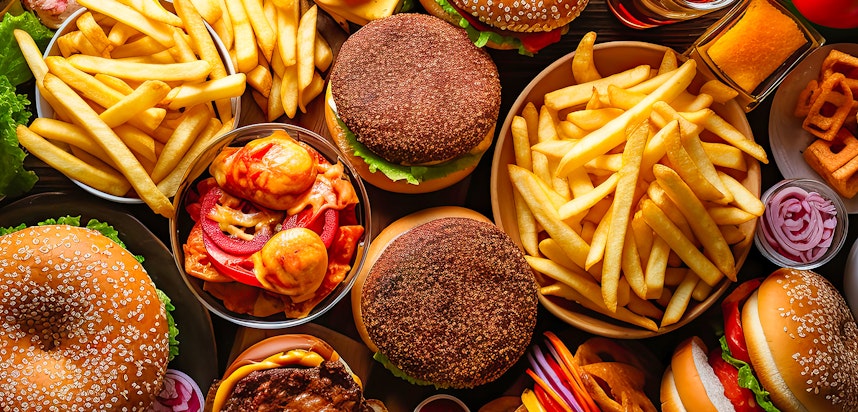
Not only are processed foods generally full of refined carbohydrates like white flour - the ones that have had all of the good stuff like fibre stripped out of them and offer little nutrition to the body (making them useless calories), but heavily processed foods often contain hidden bulking ingredients that up the carb content of foods like sausages and sauces.
Embrace cauliflower and celeriac
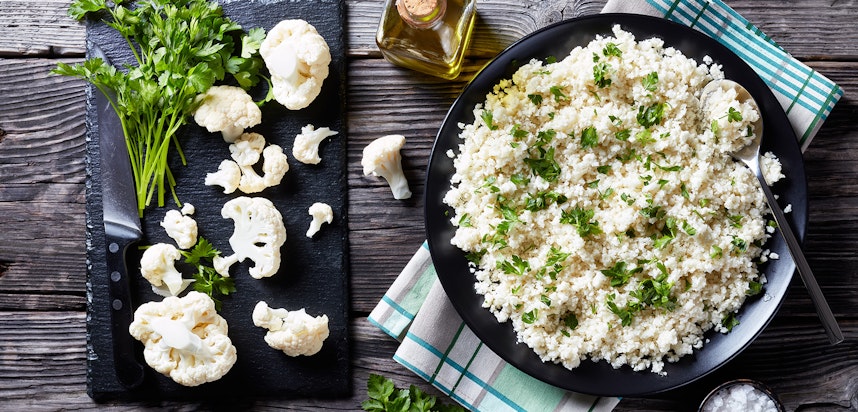
Cauliflower and celeriac are both vitamin-rich vegetables with a mild flavour that can be used in place of rice and potatoes for those on a low-carb diet. When put through a ricer, cauliflower has a similar appearance and texture to rice, or small grain pasta like orzo and can be cooked in the same way - absorbing the flavour of other ingredients. Celeriac can be mashed up like potatoes as a low carb choice for hearty Winter dishes such as Shepherds Pie and bangers and mash.
Don’t forget the healthy fats
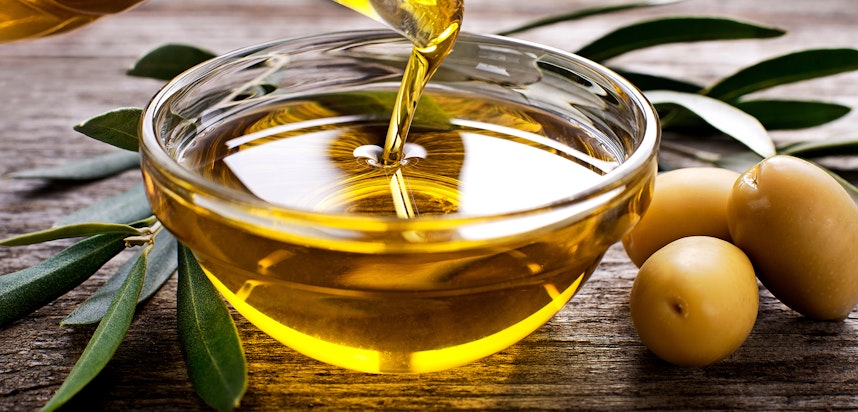
If cutting down on carbs you’ll want to make sure you’re getting enough “good” fats, as they share some of the nutrients with carbohydrates and will help keep you full (by adding flavour to food so that you find it more satiating), but without some of the bloating effects some people experience.
Good fats come from things like;
- olive oil
- Avocados
- nuts
and in their own right they are needed by the body to absorb vitamins into the bloodstream.
You may also be interested in…
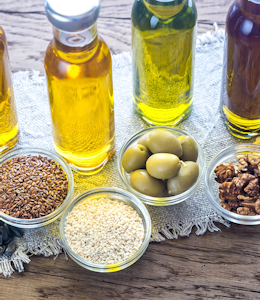
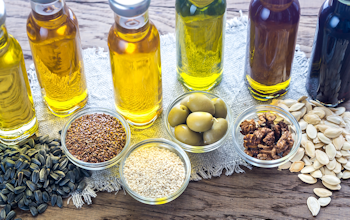
You may also be interested in…
Best cooking oil for every situation
ReadExplore low-carb flours
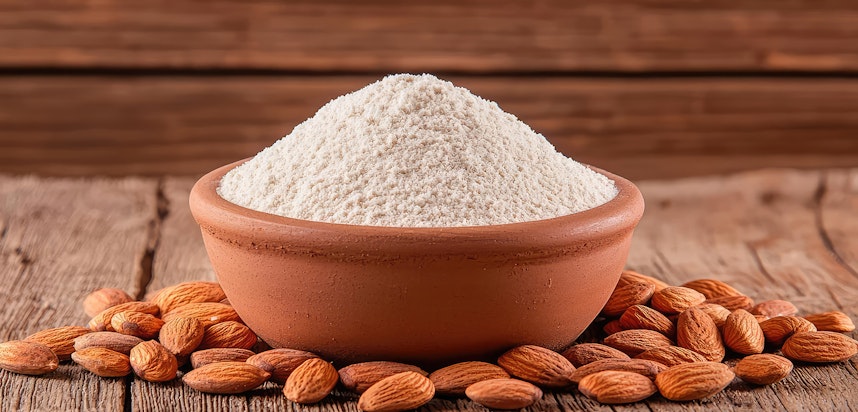
Many carb foods, among them bread and pasta, are made with a Cereal flour - wheat and rye being the most common examples. By using a flour made from a less carb-heavy food you can have these things but with a lower carbohydrate content. Almond flour, chickpea flour, coconut flour, oat flour and sesame flour all fit this criteria and are available to buy - however they can have a stronger flavour than wheat flour so it’s best to read up on what each one is best used for before committing to it in a recipe (almond flour, for example, is quite sweet and better for baked goods than things like pizza).
You may also be interested in…
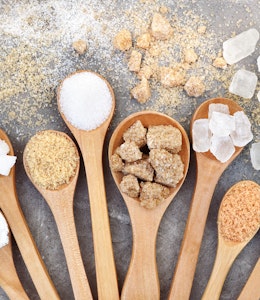
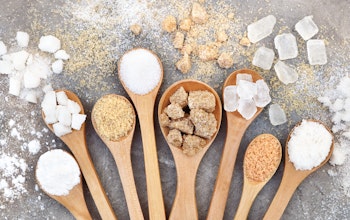
You may also be interested in…
Surprising Foods that Contain Sugar
ReadYou may also be interested in…
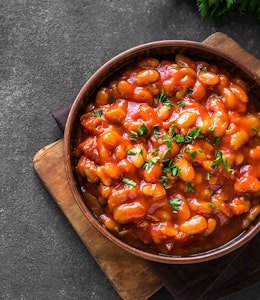
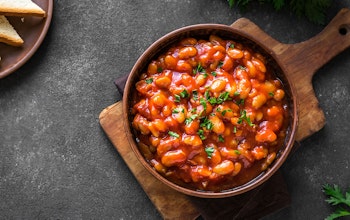
You may also be interested in…
